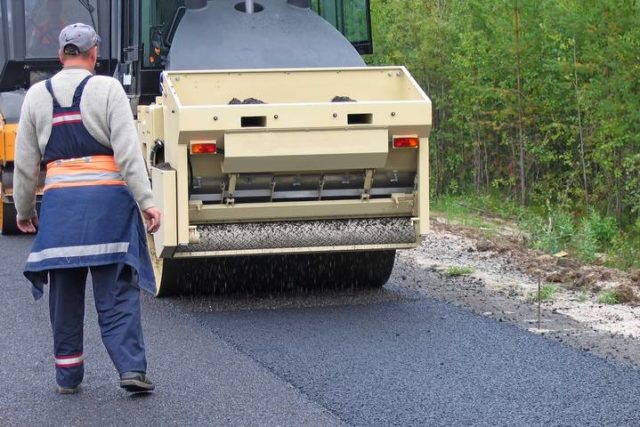A gravel road is an unpaved road surfaced with gravel. These roads are commonly found in rural areas and less developed regions where the construction of paved roads may be cost-prohibitive or unnecessary due to low traffic volumes.
Gravel roads require regular maintenance to stay in good condition. This maintenance typically involves grading the road to smooth out the surface and adding new gravel as needed. Regular maintenance helps to prevent the formation of potholes and washboards, which can make gravel roads difficult or even dangerous to drive on.
Gravel roads are cheaper to construct than asphalt or concrete ones. This makes them a budget-friendly option for areas with lower traffic volume. However, they need regular maintenance to remain safe and functional. The best tips will help maintain a gravel road that will provide a smooth ride for many years.
Here is how to maintain a gravel road.
Gravel Road Maintenance
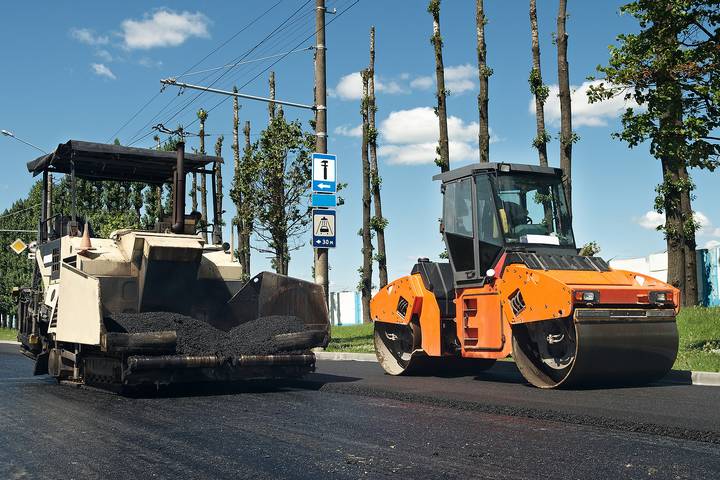
A gravel road needs maintenance for safety and longevity. A well-maintained road allows for proper drainage, preventing potholes and washouts. It also creates a smooth driving surface, reducing vehicle wear and tear. Three key elements contribute to a well-maintained gravel road;
Crown
The driving surface should be crowned. It should curve slightly like a roof in the center. This allows rainwater to drain off to the sides, preventing pooling and erosion. Ideally, the crown should have a slope of 4%, meaning a 6-inch drop for every 24 feet of road width.
Shoulders
The shoulders are the compacted areas on either side of the driving lane. They support the road and provide a safe place for vehicles to pull over. The shoulders should be level with the driving surface and slope slightly down to allow water to drain away from the road.
Ditches
These are channels alongside the shoulders that collect and direct water away from the roadbed. Properly maintained ditches minimize erosion and prevent the road from becoming waterlogged.
Dust Control
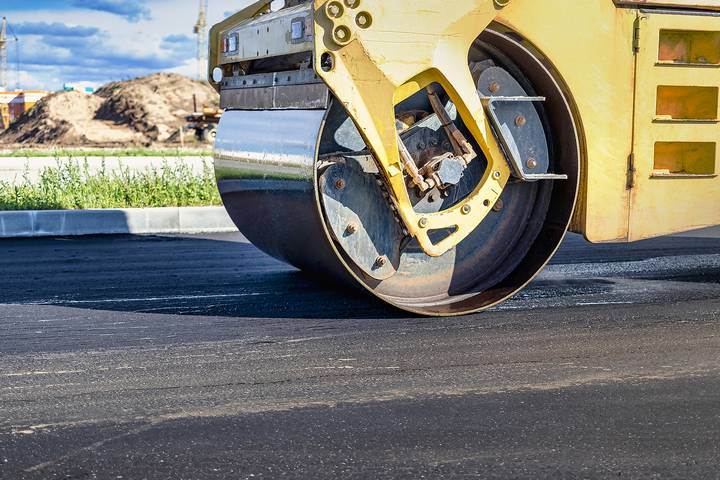
Gravel roads are notorious for dust generation, especially in dry weather. This can be a nuisance for drivers and nearby residents as it can reduce visibility and even cause respiratory problems. For this reason, you must employ dust control solutions. They include:
Water Application
This is a simple and inexpensive way to suppress dust. A water truck sprays the road surface, binding the dust particles together and temporarily reducing dust generation. However, this is a short-term solution because you must reapply after the water evaporates.
Dust Suppressant Chemicals
Chemical solutions like calcium chloride or magnesium chloride can be applied to suppress dust. They attract moisture from the air, keeping the gravel damp and reducing dust formation.
Soil Stabilizers
For a more long-term solution, products like enzymes or emulsions can bind the soil particles in the gravel, creating a more stable surface. They help reduce the creation of dust particles as the road surface is less likely to break down under traffic.
Regular Grading
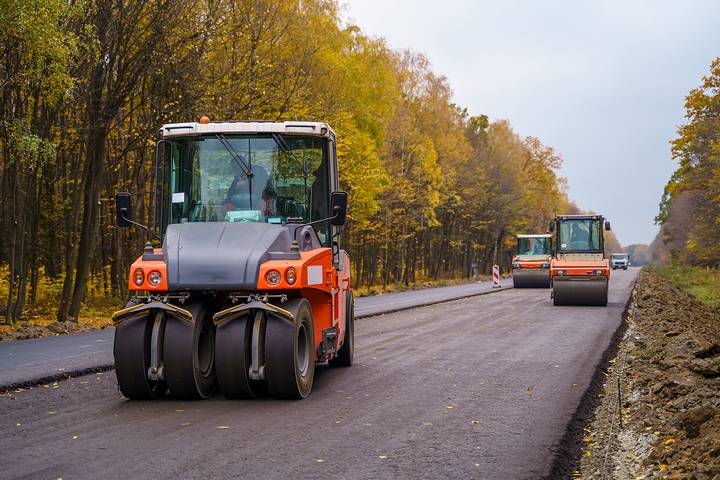
The most common maintenance task done for gravel roads is grading. It involves pulling loose gravel back towards the center of the road to fill in ruts and maintain the crown. The frequency of grading depends on traffic volume and weather conditions. Roads with higher traffic or in areas with heavy rain may require more frequent grading.
Use the right equipment to ensure proper shaping and avoid creating uneven surfaces when grading. Motor graders are the most commonly used type of equipment. They are preferred for their high-precision grading capabilities, efficiency, versatility, and maneuverability.
Drainage Management
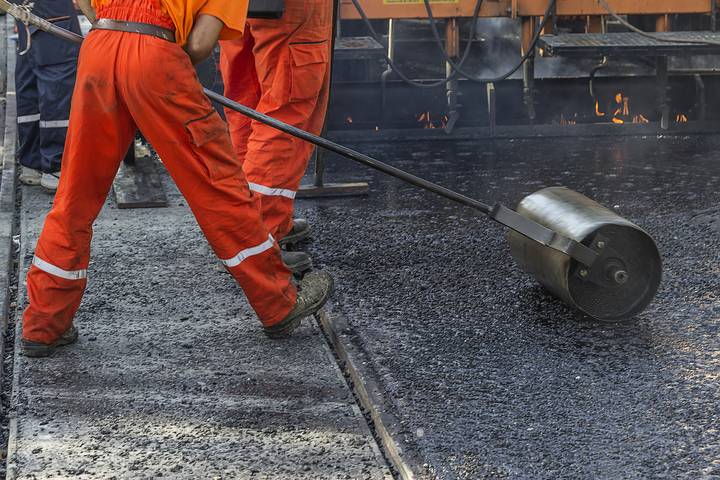
According to the EPA, proper drainage is crucial in maintaining a gravel road. Water weakens the soil underneath the gravel, causing the road to become rutted, potholed, and eventually fail. Proper drainage keeps water away from the roadbed, preserving its integrity.
Moreover, wet gravel loses its ability to pack together tightly, making the road surface loose and difficult to drive. Drainage keeps the gravel surface drier and firmer. Hence, regularly clearing ditches and culverts of debris to ensure proper water flow.
Adding New Gravel
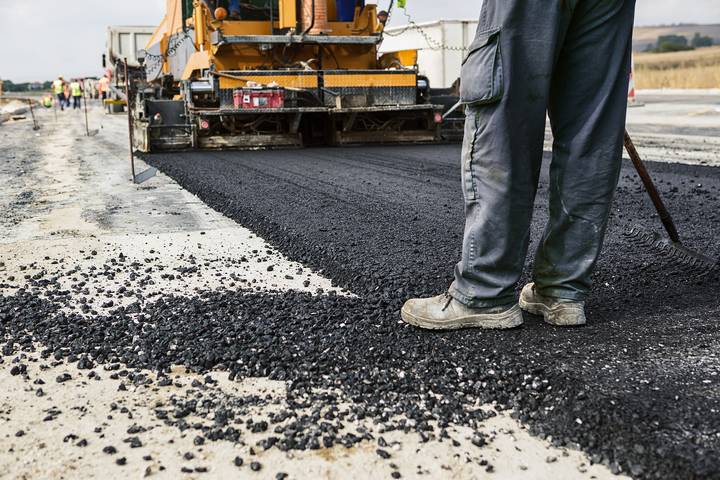
Over time, gravel can wear down and wash away. Regularly add new gravel to maintain a smooth and stable surface. Choose the right size and type of gravel for your road. The new gravel should be distributed evenly and compacted to create a firm surface.
But how often should you add new gravel? Well, this will depend on traffic volume, weather conditions, and the quality of the existing gravel. Generally, you should add gravel before the road surface becomes too degraded to prevent costly repairs.
Vegetation Management
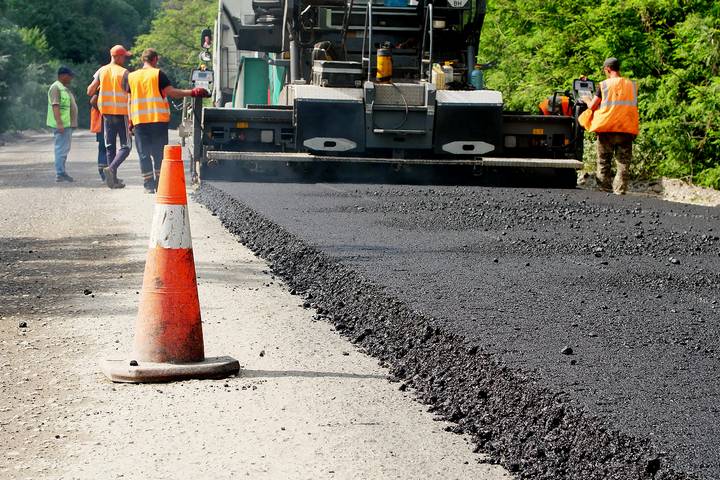
Growing vegetation along the edges of gravel roads can impede drainage, trap moisture, and restrict the width of the usable road. Regularly trim vegetation, particularly trees, shrubs, and grasses, to maintain proper sightlines, prevent root damage to the roadbed, and ensure adequate airflow for drying the road surface after rainfall.

